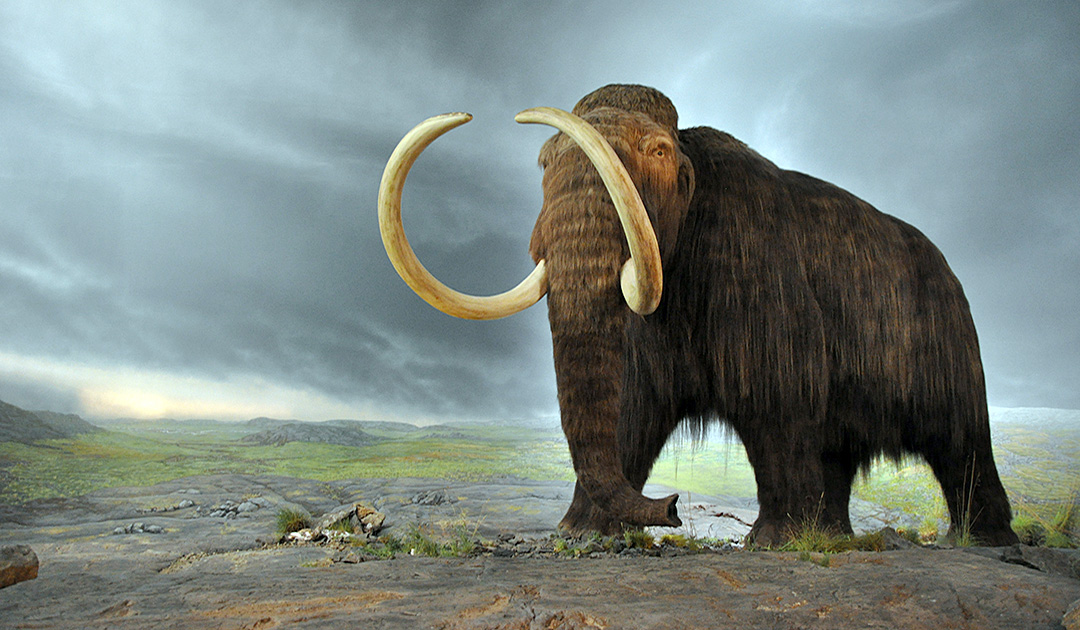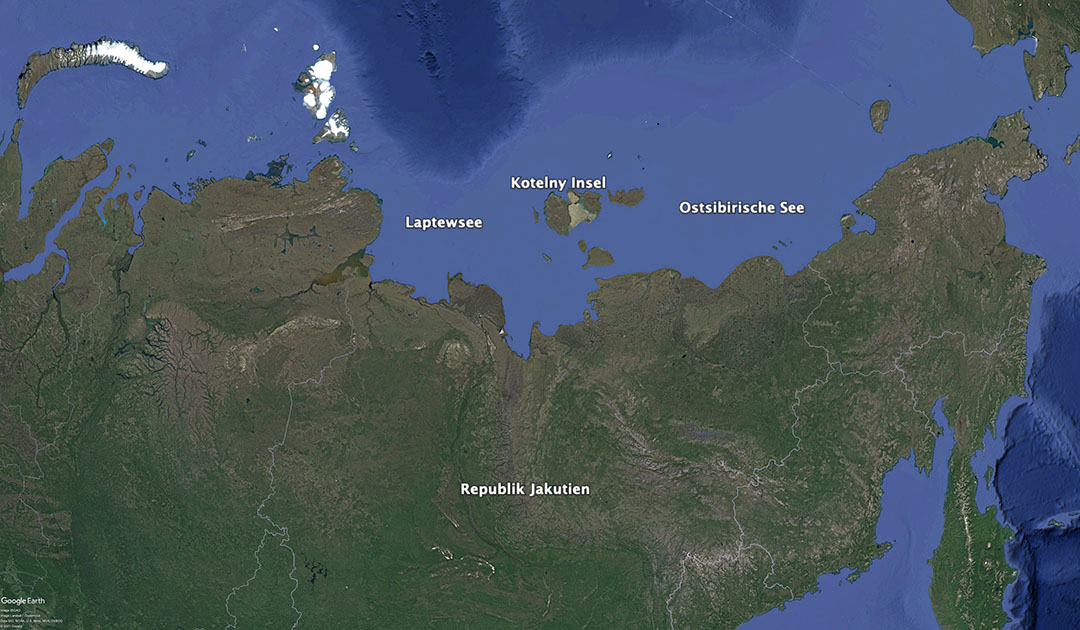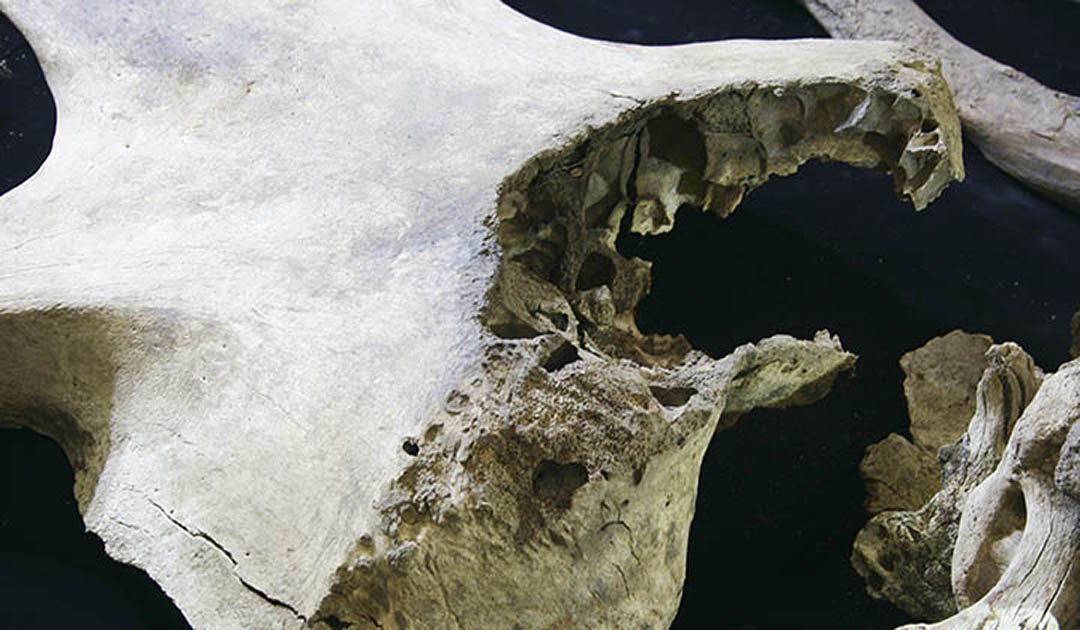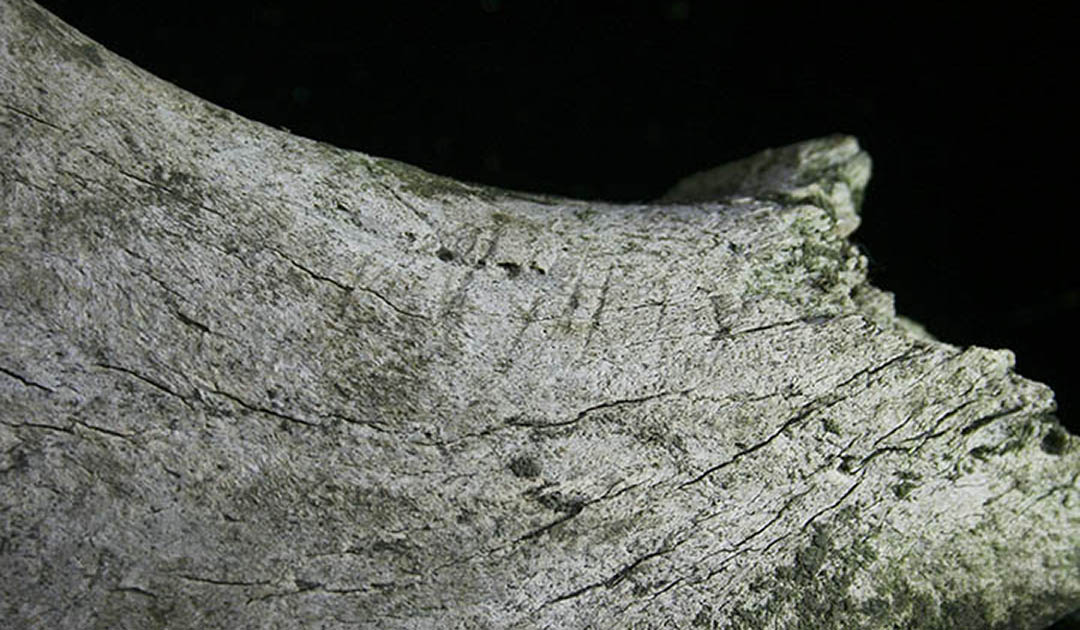
After the remains of a woolly mammoth were found on Kotelny Island off the coast of Russia’s Republic of Yakutia in 2019, scientists were able to reconstruct 70 percent of the skeleton. They dated the age of the skeleton at 26,000 years and found clear traces of tools on the bones and tusks during closer examination, The Siberian Times reports. The corresponding tools were found near the bones. According to the scientists, this is proof that there must have been a Paleolithic settlement on Kotelny – the northernmost in the world.

The researchers’ discovery that this mammoth was killed by humans is a “unique event for the Arctic and world archaeology” according to Alexander Kandyba, researcher at the Institute of Archaeology and Ethnography of the Russian Academy of Sciences. The traces on bones and tusk fragments leave no doubt about human impact.

Shortly after the find, scientists assumed that the mammoth was killed by Paleolithic hunters who came from Alaska across the Beringia land bridge. However, the results of their more detailed analysis of the bones, tusk fragments, and tools suggests that Stone Age people did indeed settle this far north at least temporarily. The Taba Yuryakh site on Kotelny is thus the northernmost Paleolithic settlement in the world.

According to The Siberian Times, traces of human impact were found on every single bone. On the vertebrae there are linear cuts and traces of tool blows. In one of the shoulder blades, the scientists found remains of a spearhead. They also discovered numerous tusk fragments that were apparently processed by early settlers.

This unique discovery reveals that humans settled far to the north in early times, but also how they lived and, most importantly, the ways in which they hunted mammoths. The scientists are currently compiling a comprehensive report on their new discoveries.
Julia Hager, PolarJournal
More on the subject:





